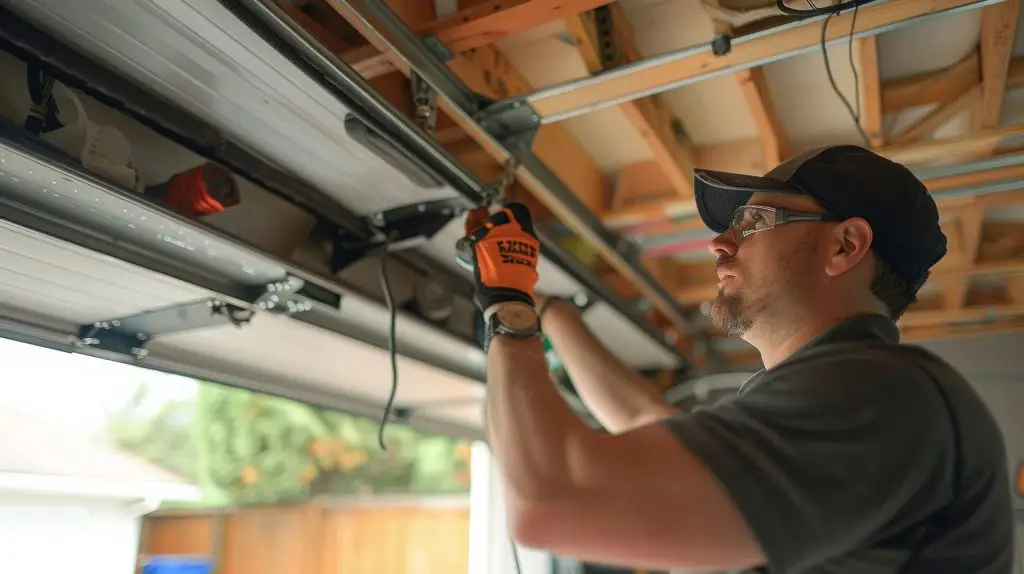How Insulation Can Transform Your Garage Door

The Impact of Insulating Your Garage Door on Home Efficiency
Quick Summary: Enhancing your garage door with insulation can significantly boost your home’s energy efficiency, comfort, and noise reduction. Discover how to choose the right insulation for your door.
When it comes to enhancing home efficiency, most homeowners overlook one critical component: the garage door. Garage door insulation not only enhances comfort but also significantly impacts energy efficiency and overall home value. In this blog, we’ll explore the transformative benefits of insulating your garage door and provide practical tips to get started.
Why Insulate Your Garage Door?
Insulating your garage door offers numerous advantages, making it a wise investment. Here’s why:
- Increased Energy Efficiency: A properly insulated garage door acts as a barrier against temperature fluctuations, maintaining a more consistent climate within the garage. This can minimize the need for heating in winter and cooling in summer, leading to lower energy bills.
- Enhanced Comfort: For those who use their garage as a workspace or recreational area, insulation helps to maintain a comfortable environment year-round. It also creates a buffer that moderates extreme temperatures, maximizing usability.
- Noise Reduction: Insulated doors can significantly reduce noise from both inside and outside the garage, providing a quieter home environment. This is particularly beneficial if your garage is located near bedrooms or living spaces.
- Durability and Resilience: Insulated doors are generally more durable, resisting dents and damage better than non-insulated options. This increases the lifespan of your door and minimizes the need for frequent garage door panel replacement.
Choosing the Right Insulation Material
Selecting the appropriate insulation material is crucial for maximizing the benefits. Here are common types used for garage doors:
- Polystyrene Insulation: Economical and easy to install, these rigid panels provide decent insulation and are often fitted between door panels.
- Polyurethane Insulation: This option offers superior insulation by injecting foam between panels, expanding to fill gaps. It provides the highest energy efficiency.
Installation Steps
Once you’ve decided on the insulation type, here’s a brief guide to the installation process:
- Measure Your Door Panels: Accurately measure each panel to ensure the insulation fits properly.
- Cut the Insulation: Based on the measurements, cut the insulation material to size. Precision is key to prevent energy leakage.
- Attach the Insulation: Secure the insulation material using adhesive or fasteners, ensuring it snugly fits without leaving gaps.
If performing a DIY installation seems daunting, consider professional help. Our opener installation team is well-trained to handle similar tasks efficiently and safely.
Maximize Your Garage’s Potential
Beyond insulating your garage door, consider additional efficiency upgrades like spring replacement to enhance the longevity and performance of your door system. For businesses, insulation extends benefits to commercial garage doors, ensuring efficiency on a larger scale.
Insulating your garage door is a simple yet highly effective way to improve your home’s efficiency, comfort, and appeal. As you explore these benefits, your investment in insulation can provide returns in comfort and cost savings.
Ready to transform your garage? Contact us for assistance or explore our professional emergency garage service if any unexpected issues arise during the process.
Call us today at (888) 794-6420 to resolve any garage door issue!

